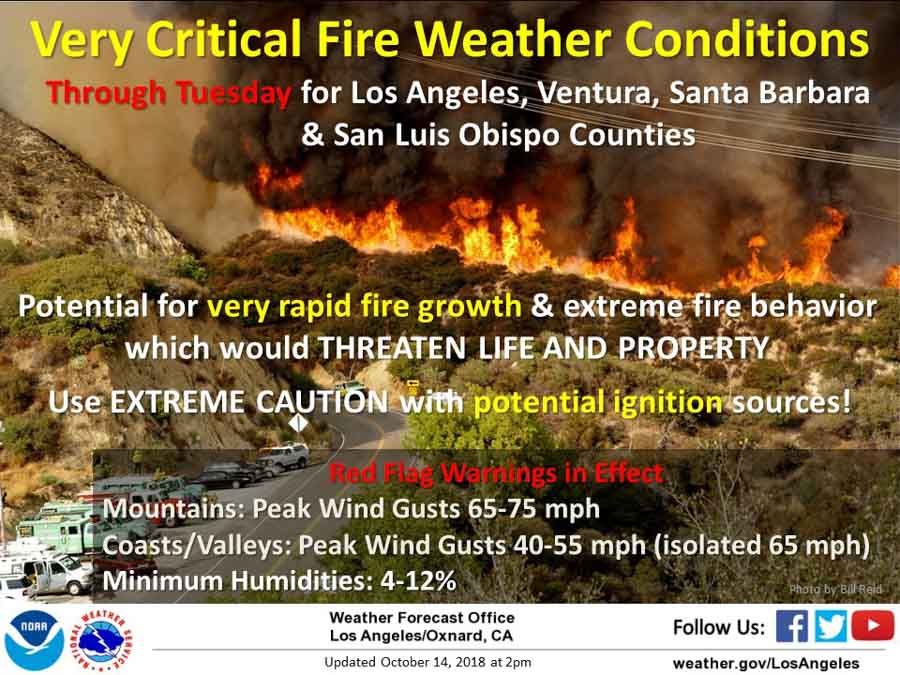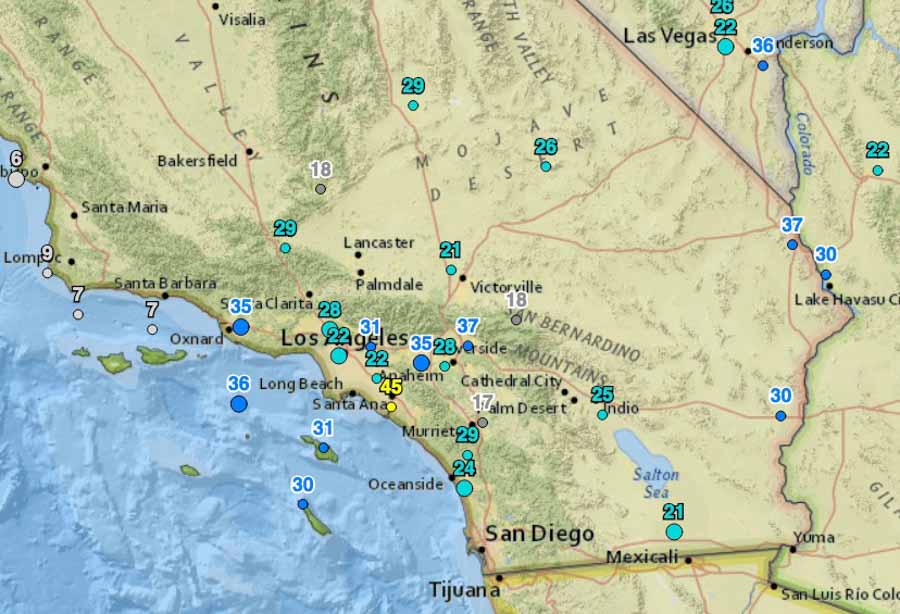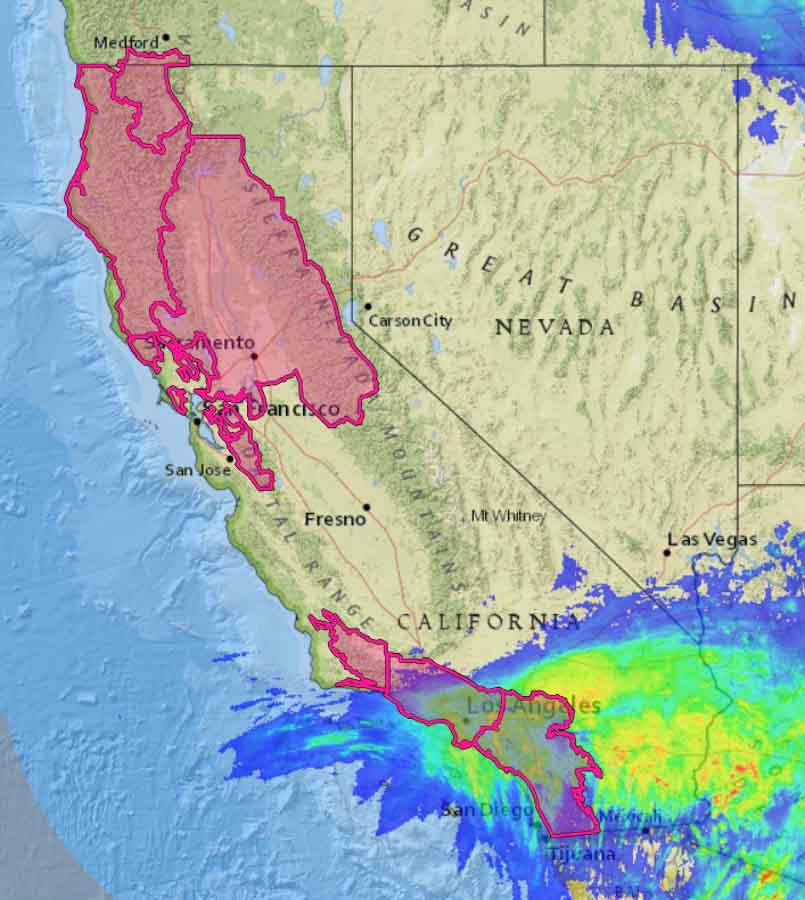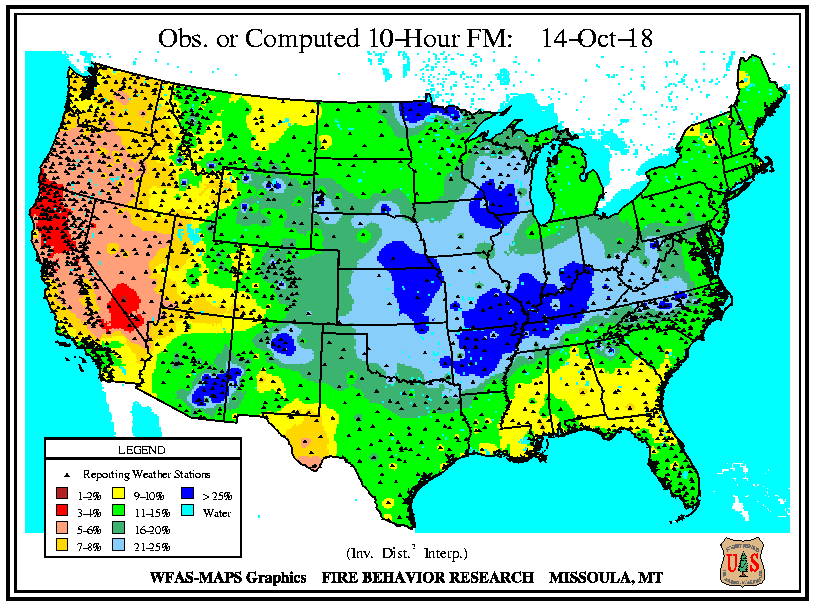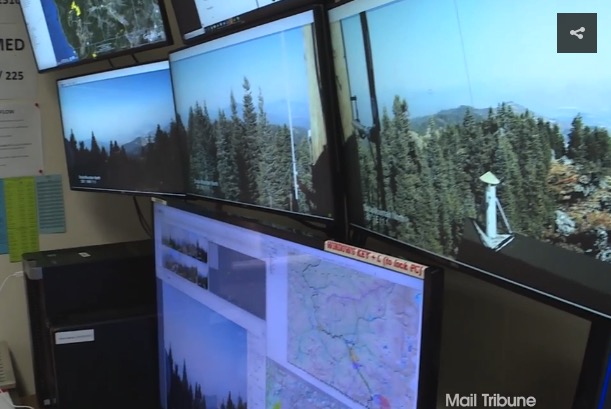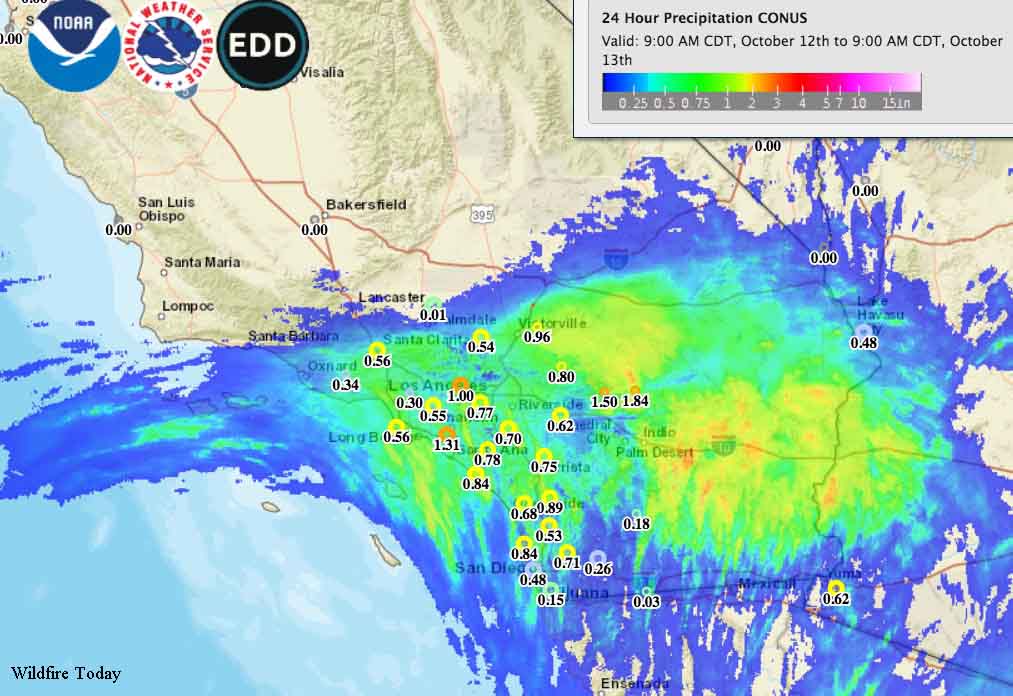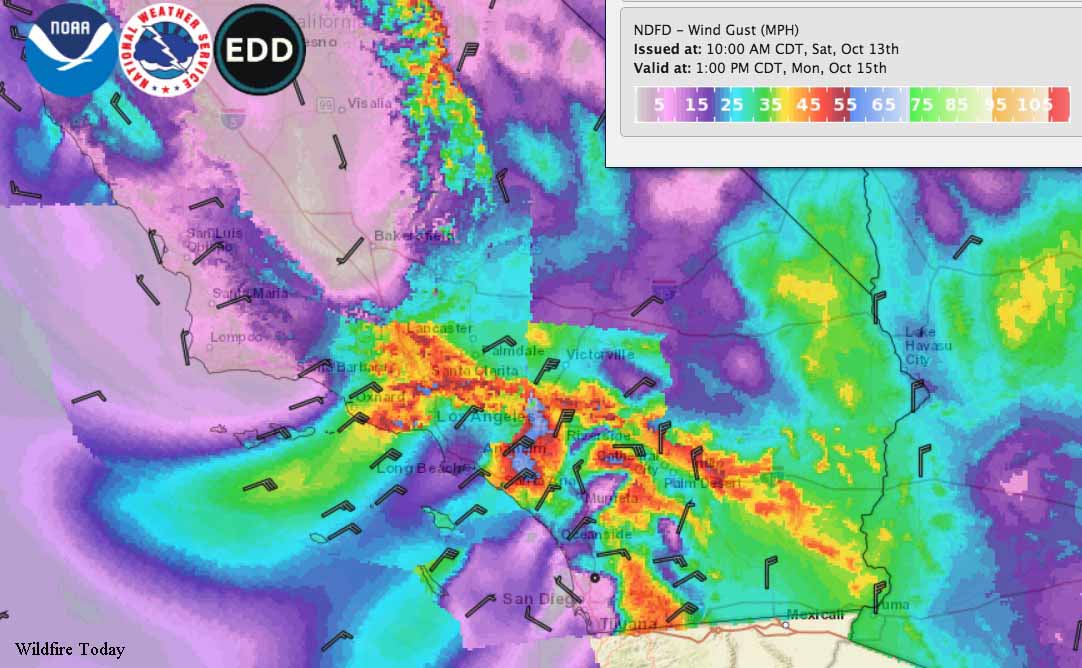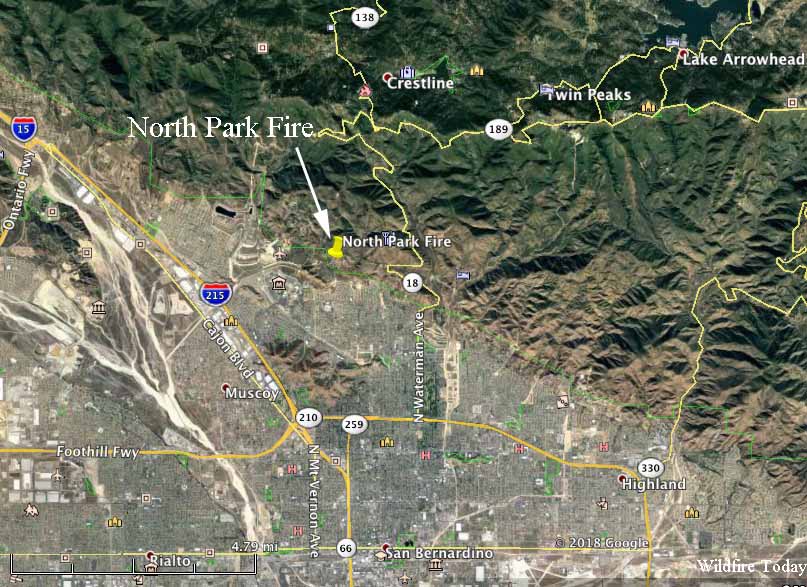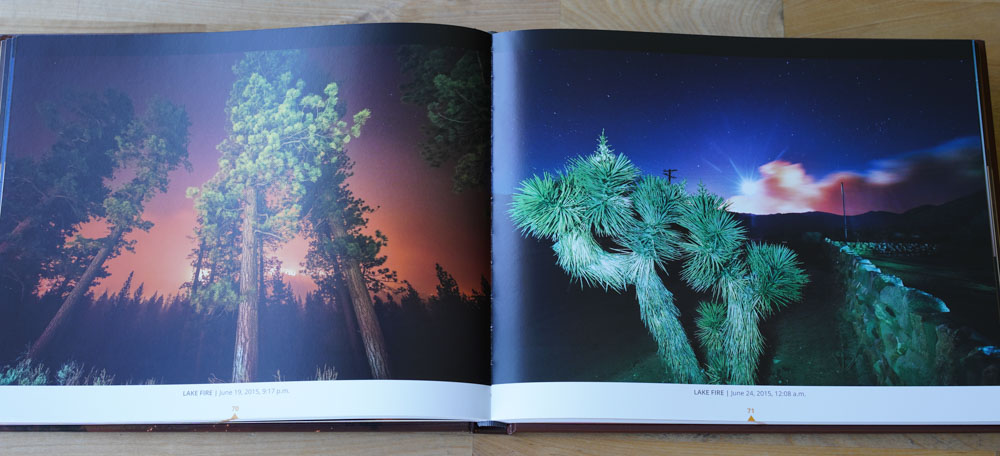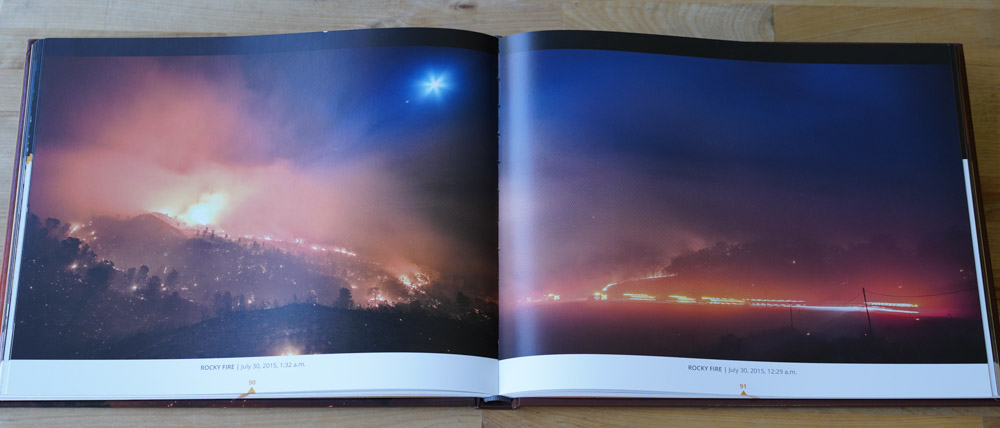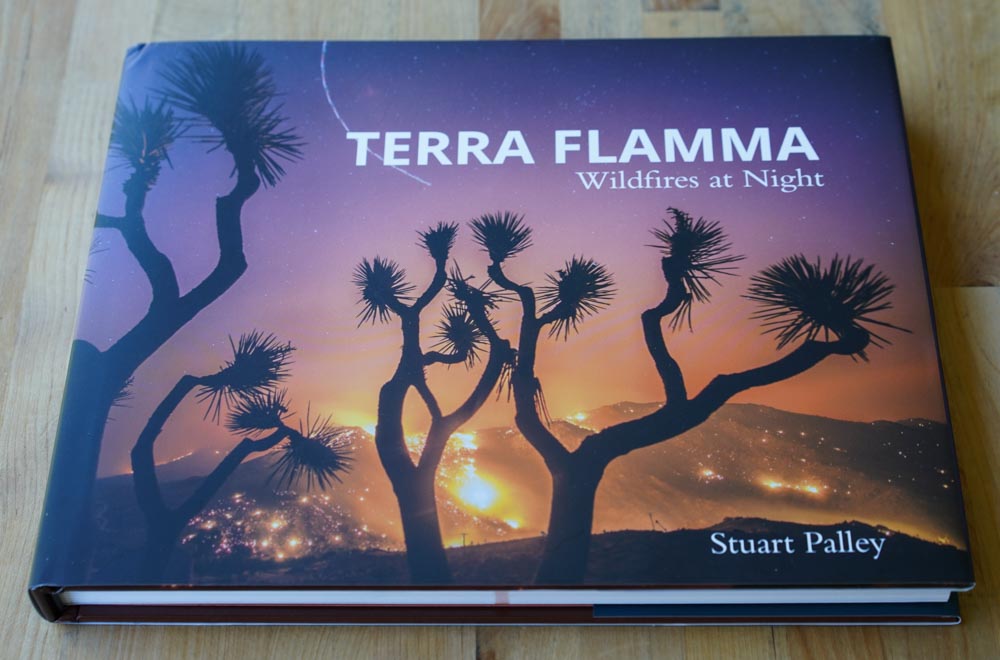(UPDATED at 5:10 a.m. PDT October 16, 2018)
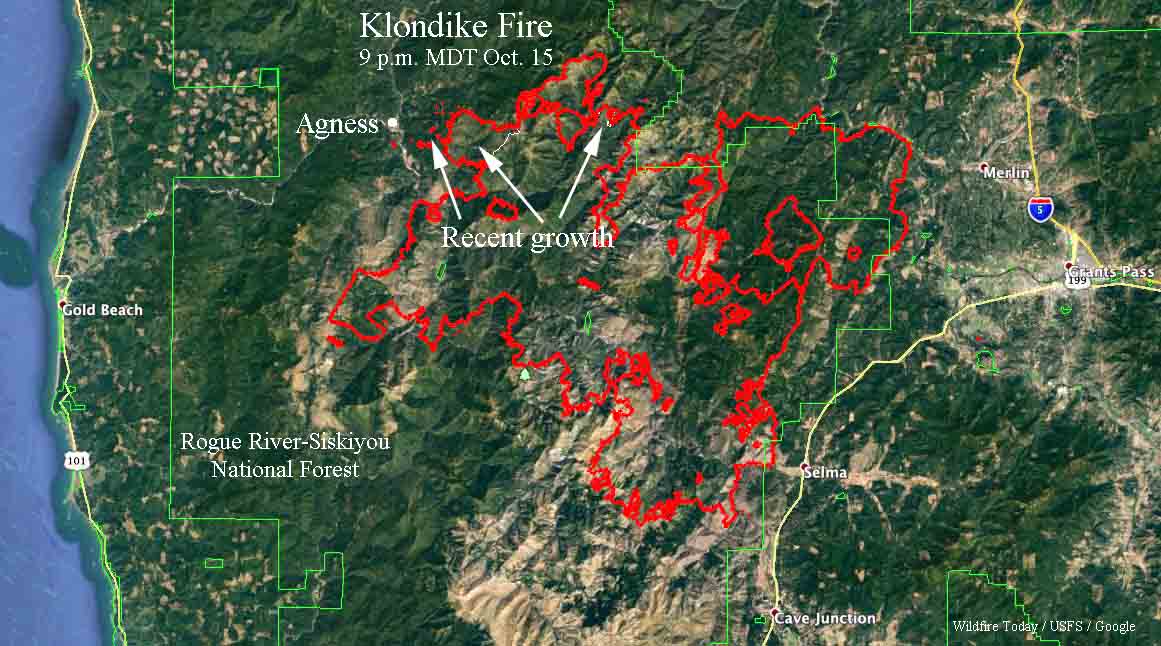
The map of the Klondike Fire above is a result of mapping by a fixed wing aircraft at 9 p.m. PDT October 15. The new growth on October 14 and 15 added another 4,968 acres to bring the total up to 172,287 acres.
The weather forecast for the fire area on Tuesday (Agness, OR) predicts a high temperature around 80, relative humidity in the teens, and 5 mph east to northeast winds. The area is not under a Red Flag Warning.
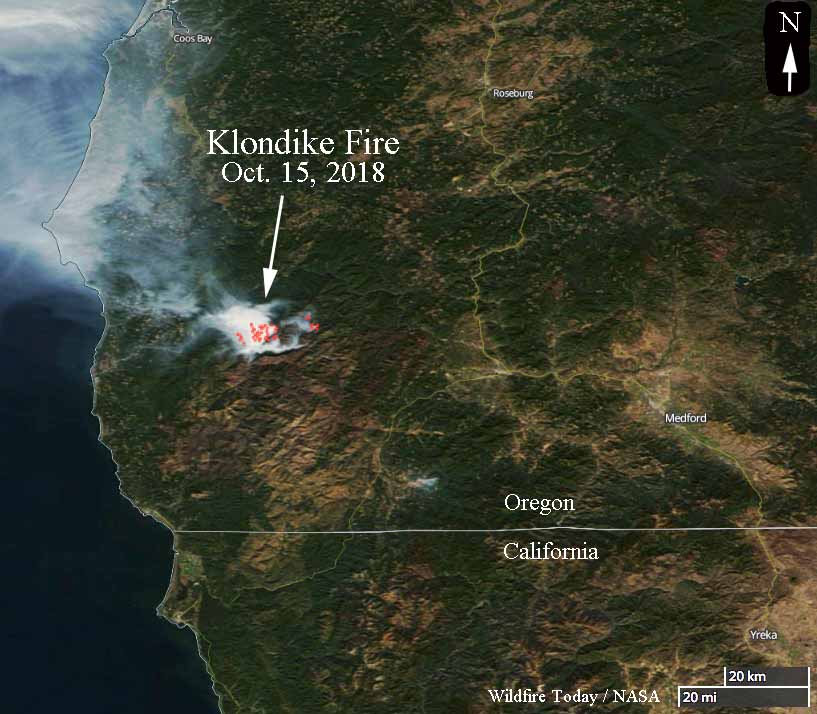
The Klondike Fire had been quiet for weeks until warm, dry, breezy weather on Sunday brought it back to life, burning thousands of acres outside the firelines and requiring evacuations in the small town of Agness 20 miles northeast of Gold Beach, Oregon. The Sheriff’s Office in concurrence with fire officials made the determination that evacuations were appropriate for residents north of the Rogue River and in the areas of Oak Flat, Spud Road, and along the 33 road in Agness.
Incident Management Teams had released 171 fire personnel over the last seven days, to bring the total down to 316. The 167,423-acre fire had not increased in size for over a week. Approximately 250 additional resources have been requested, including aircraft, engines, and Type 1 Interagency Hotshot Crews (IHC). Northwest Incident Management Team 7 (NWIMT7) assumed command of the October 14, 2018 at 8:00 p.m.
The Oregon Governor has declared the Klondike Fire to be a “conflagration”which allows the State Fire Marshal to mobilize firefighters and equipment to assist local crews.
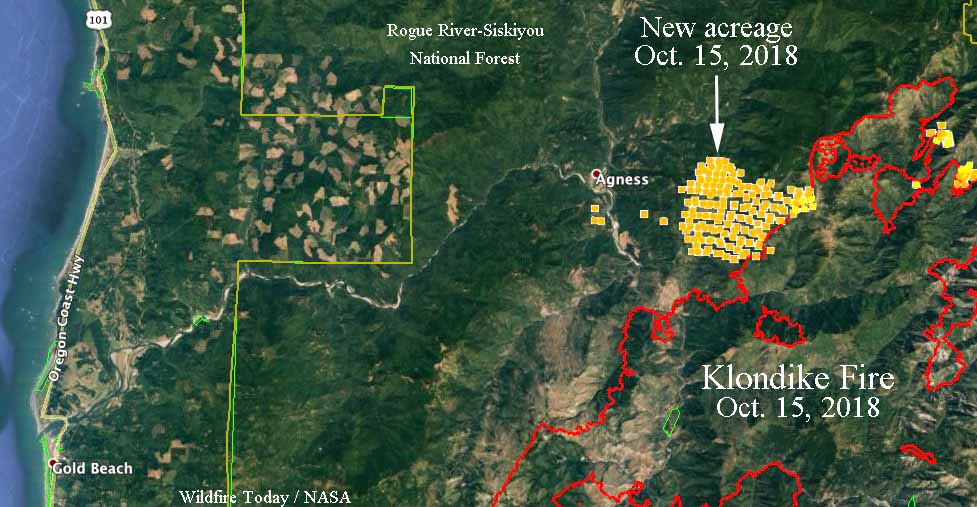
At 2 p.m. Monday afternoon a weather station near Agness recorded 73 degrees, 10 percent relative humidity, and 2 mph SSE winds. The maximum wind gust over the previous 24 hours was 20 mph Sunday evening.
Our very unofficial analysis of Sunday’s activity indicates that approximately 4,500 additional acres burned on the northwest side of the fire east of Agness. Firefighters have requested a Monday night infrared mapping flight to get a more accurate assessment.
It’s not over yet. @OregonGovBrown has declared the #KlondikeFire, burning near #Agness, a conflagration.
Evacuation orders here: https://t.co/SI71JVmkxY#OregonWildfires #OregonSmoke #Conflagration pic.twitter.com/2BDM1BLztC
— Mail Tribune (@mailtribune) October 15, 2018

